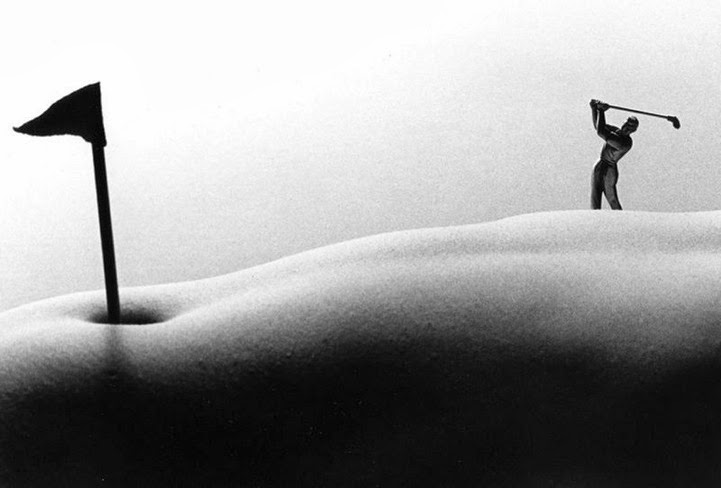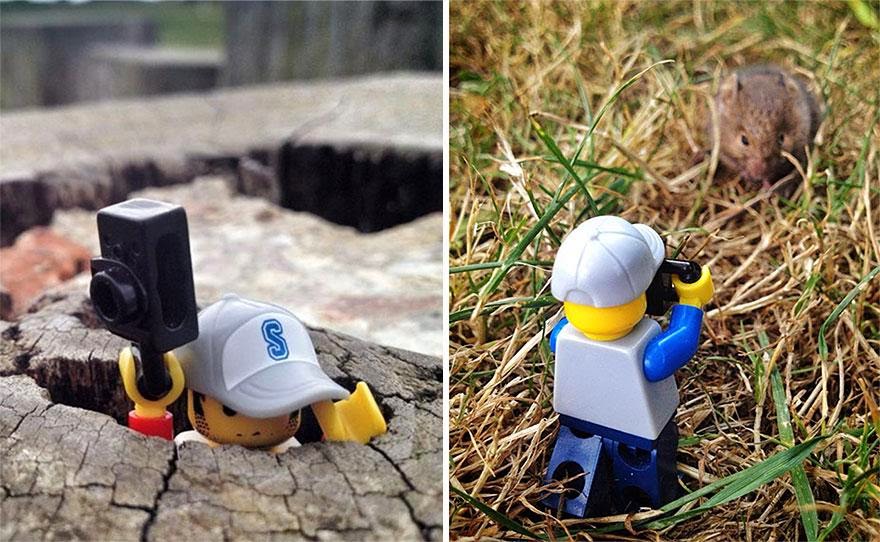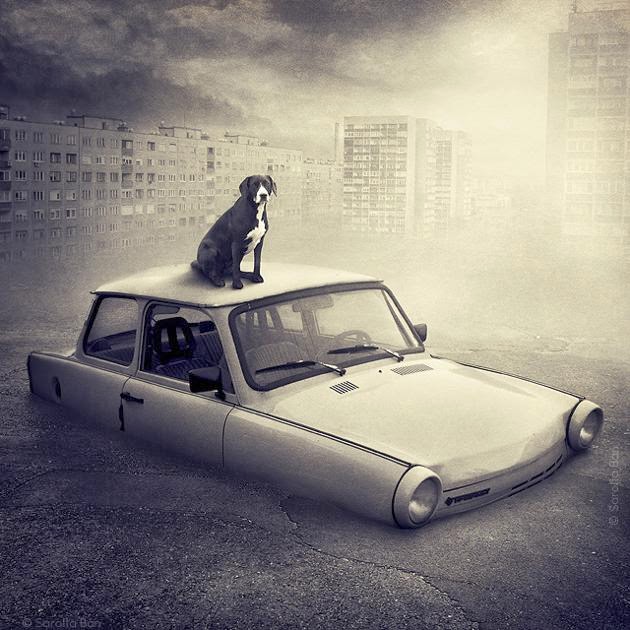Today's photographer spotlight samples the work of Allen Teger.
I recently borrowed a macro photography book from my instructor, Kate. While looking through the book, I stumbled upon this very interesting, creative macro image by Allen Teger (as seen above).
This body of work, known as "Bodyscapes," has appeared in magazines, newspapers, and galleries all over the country. These images have also been featured on US television.
As you can see, Teger uses macro photography to abstract the nude human body and imply landscape.
He creates unique scenes with the help of mini figurines and tiny props.
He creates unique scenes with the help of mini figurines and tiny props.
While I don't have a desire to make these kinds of images, I do appreciate the artist's imagination and creativity. The concept is interesting, and it takes a playful spin on nude in photography.
You can find some of Teger's most popular "Bodyscape" images on his website:
And for even more images, check out the project gallery website:







































